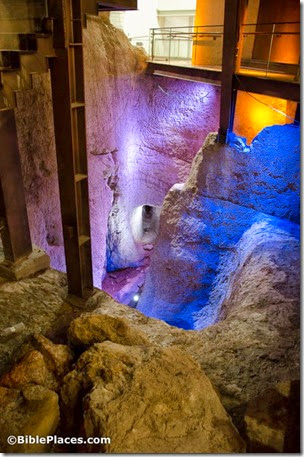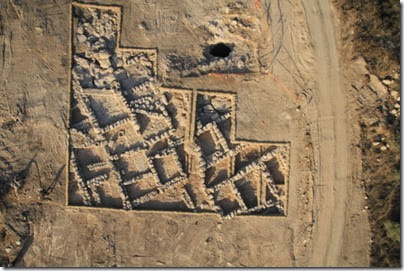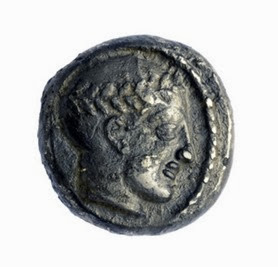More than a decade ago, work began for the construction of a new parking lot just south of the Dung Gate in Jerusalem. In the process, archaeological excavations revealed significant finds, including a building once claimed to be the palace of Helene of Adiabene. In recent years, plans were formed to establish a large visitors’ center in the former parking lot. This presumably would replace the current visitors’ center which hovers over ruins believed to be the palace of David. Last night a municipal committee approved plans for construction of the new center. From Haaretz:
The Jerusalem Regional Planning and Building Committee approved the construction of a controversial visitors’ center for the City of David just outside the Old City walls. The committee heard objections to the huge project for eight hours before approving it Thursday evening.
[…]
The proposal was submitted by the Elad association, the right-wing group that administers the City of David National Park, and the Israel Nature and Parks Authority, and has the support of the Jerusalem municipality.
The plan calls for the construction of a museum, visitors’ center and auditorium in the area known as the Givati parking lot, some 20 meters from the Old City wall and 100 meters from the Western Wall. It will also constitute a new gateway to the City of David National Park. The building is to be 7 meters tall and cover 16,600 square meters. Beneath a planned parking lot, finds discovered at the site in recent years are to be preserved and made accessible.
“The Jerusalem Regional [Planning] Committee heard the objections to the Kedem Center plan in Jerusalem and thought that the plan to build the visitors’ center will aid in exposing the important archeological finds to the broader public and serve as a focus for tourism that will help in developing the city of Jerusalem,” read the Interior Ministry’s announcement of the approval.
The full article describes some of the objections and the planning committee’s requirements. The story is also reported by Arutz-7. Several months ago the Jerusalem Post reported the objections of a group of archaeologists, though the basis for their views seems to be primarily political and not archaeological. In reviewing previous stories posted on this blog, I see that a nearly identical story was reported in February 2012; it is not clear what is different this time around. For more images, see the Hebrew version of the Haaretz article.
HT: Joseph Lauer

Image by Ministry of Interior




